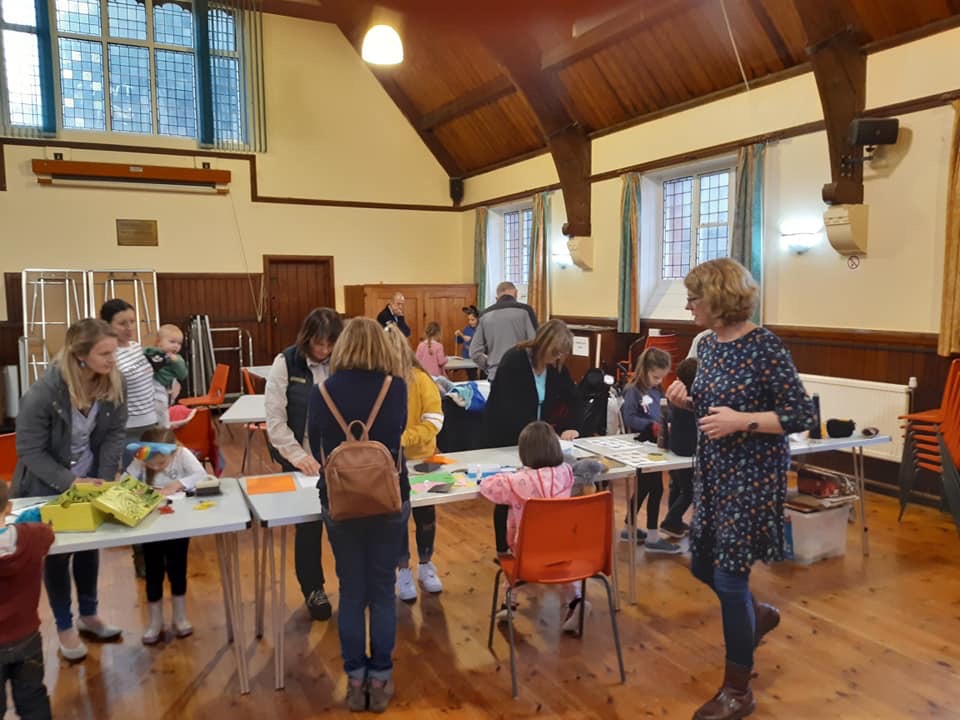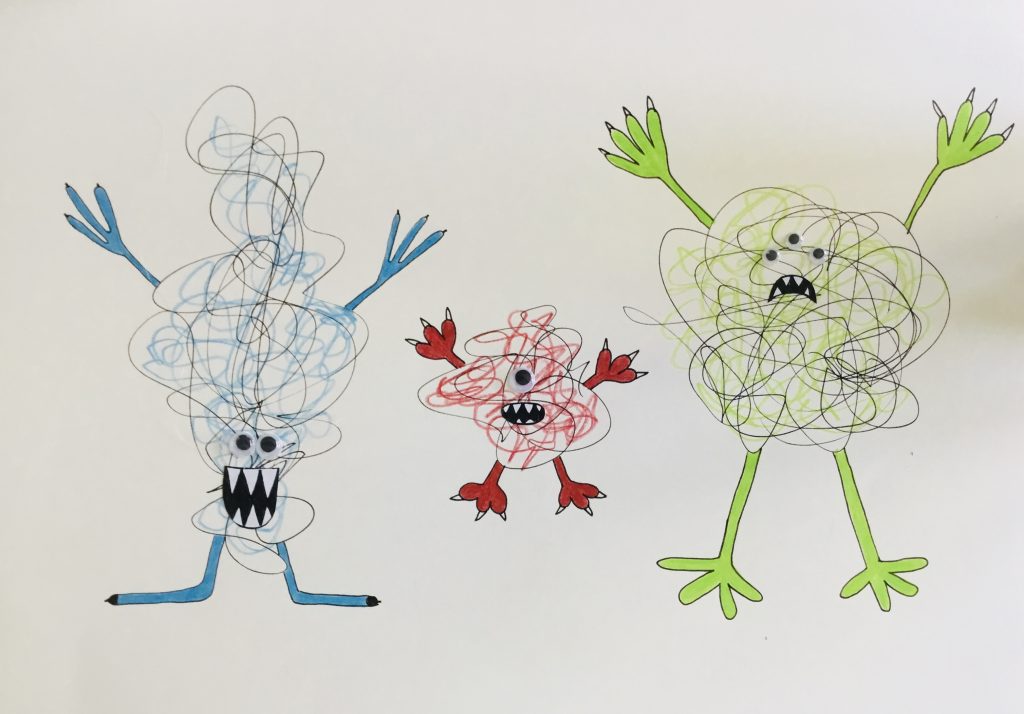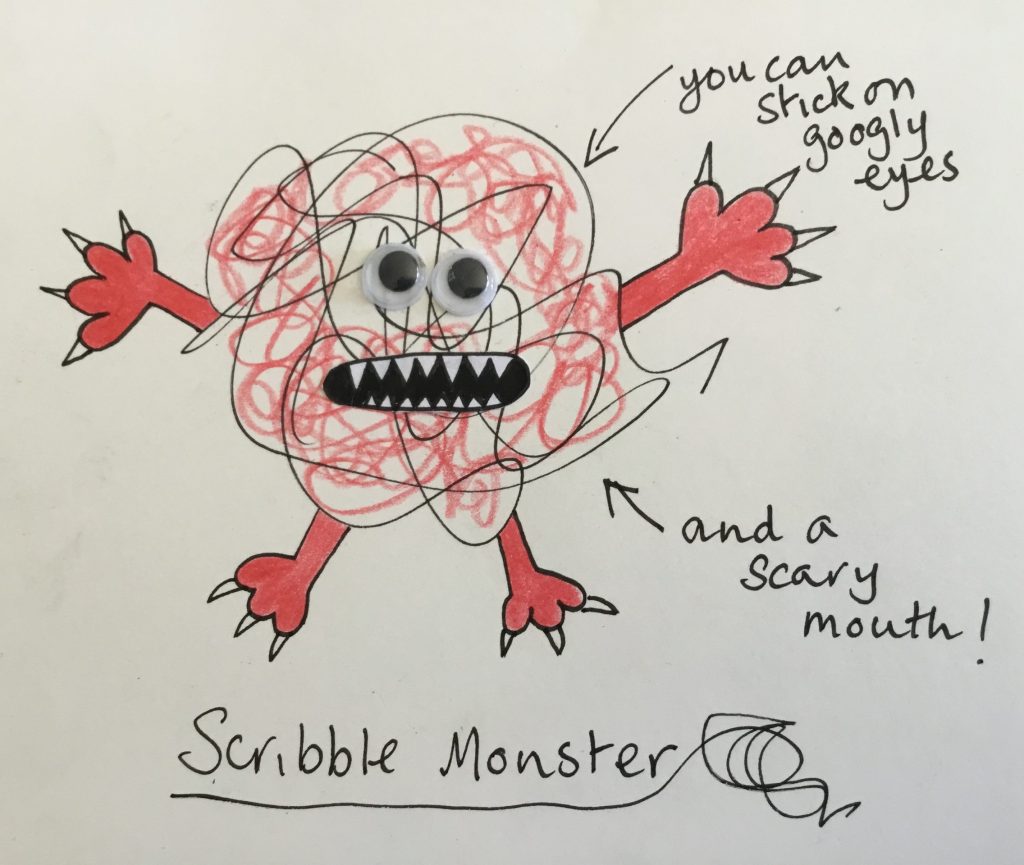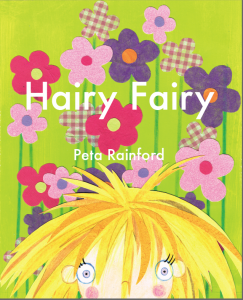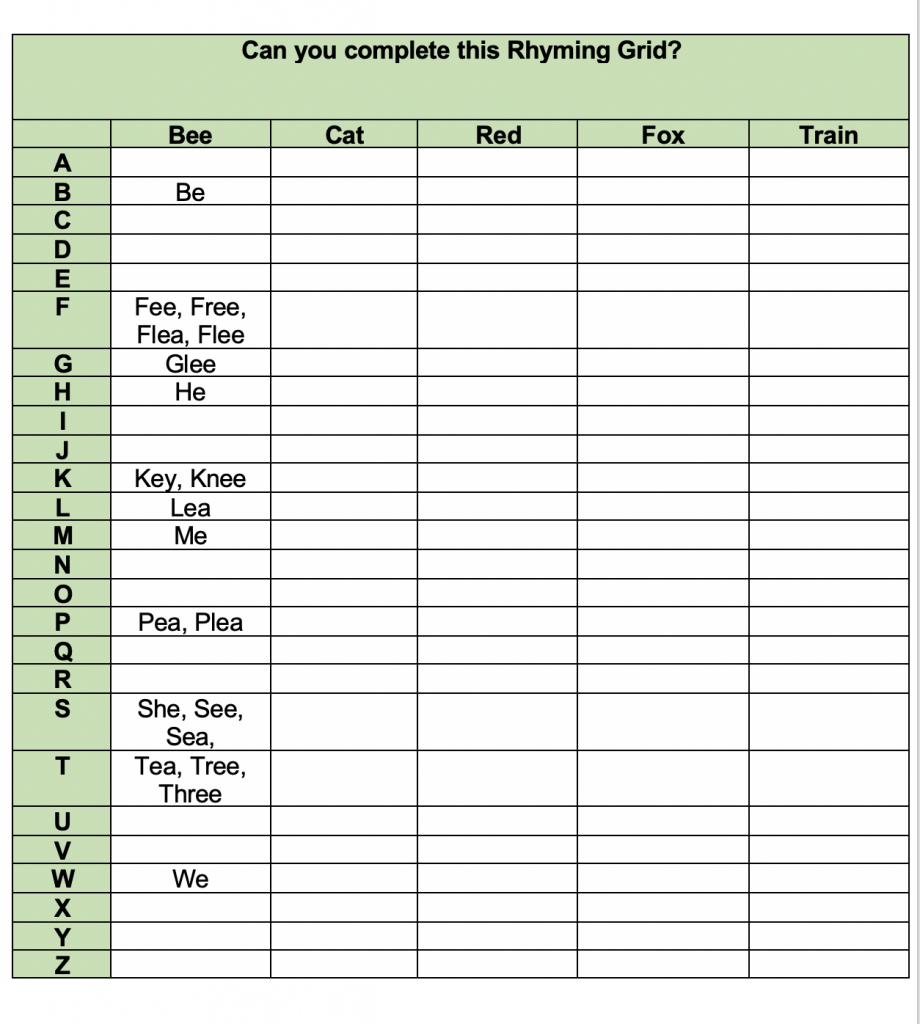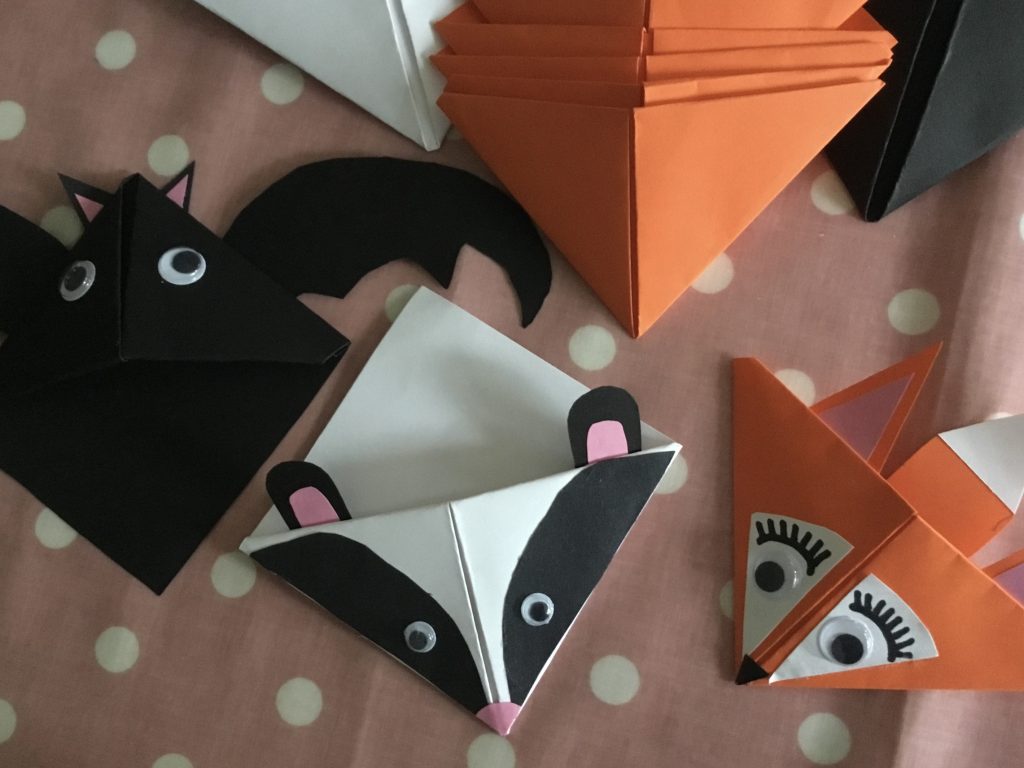
Hello again! Hope you had a good weekend. As you may know, my book, Jacob Starke Loves the Dark, contains a lot of nocturnal animals.
One of the most popular activities I’ve done with it are these nocturnal animal bookmarks that go on the corner of your book. I can’t claim that this type of bookmark was devised by me, but this is my version.
Don’t forget, I’d love to see anything you do – you can email a photo to petarainford@gmail.com, post it on my Peta Rainford’s Facebook page @dogpigeon, or Tweet me @PetaRainford
17: Make a nocturnal animal bookmark!
With these bookmarks, it’s all about the folding. Here’s how my lovely assistant made the badger. You will need:
- White paper or thin card
- Black and pink paper (or you could just colour with felt pens or crayons)
- Googly eyes if you’ve got them – though, again, you could equally well draw the eyes with a felt tip
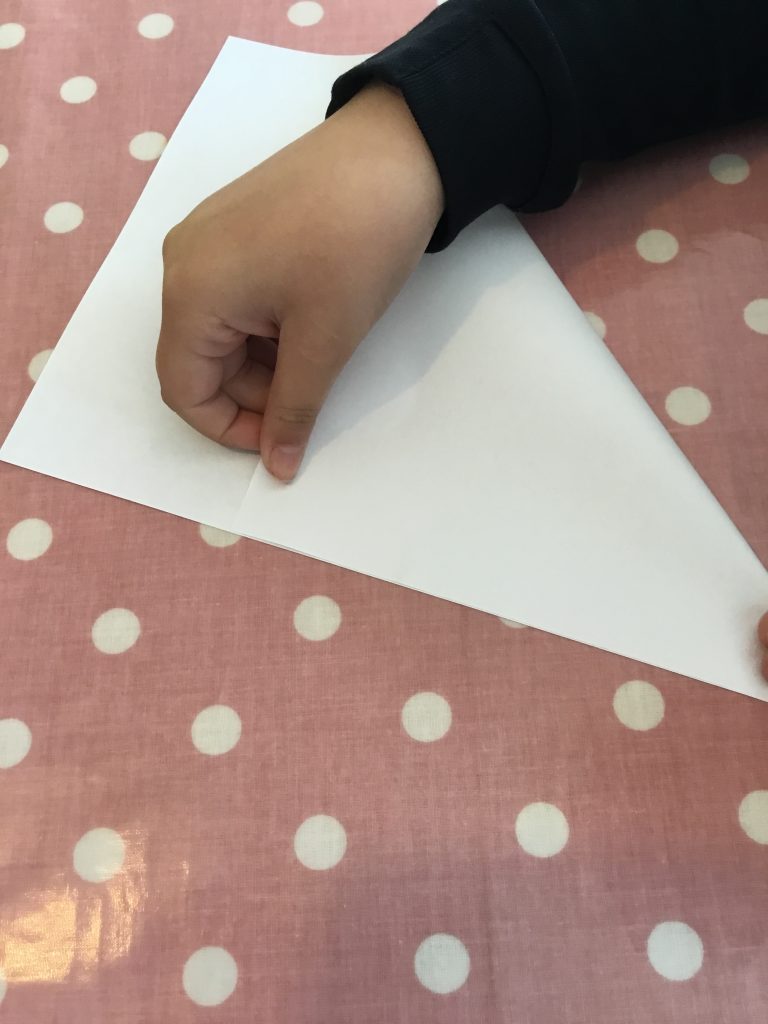
1. Create a square by folding paper diagonally… 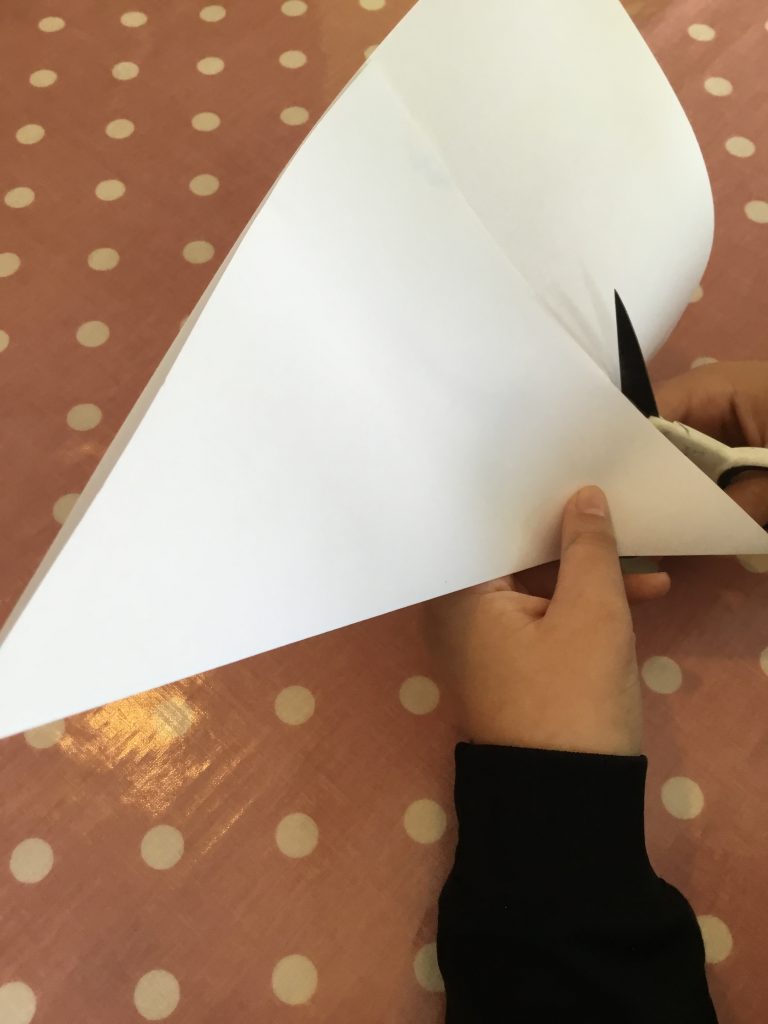
… and cutting off the excess 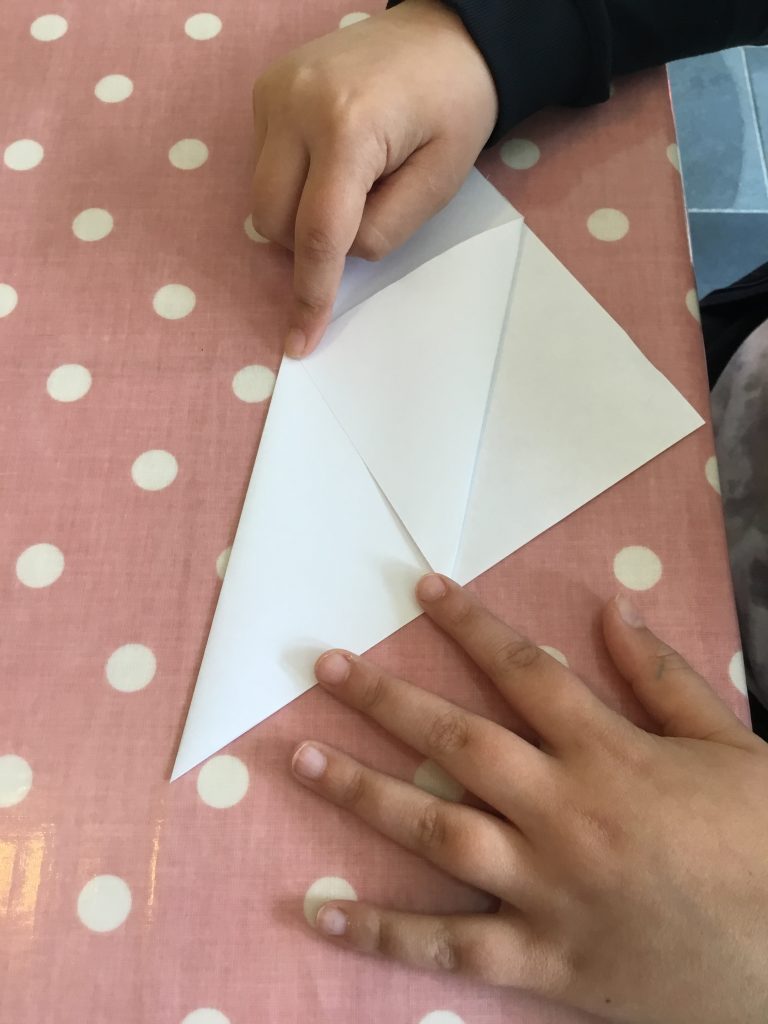
2. Fold the middle point of the triangle back towards the diagonal fold 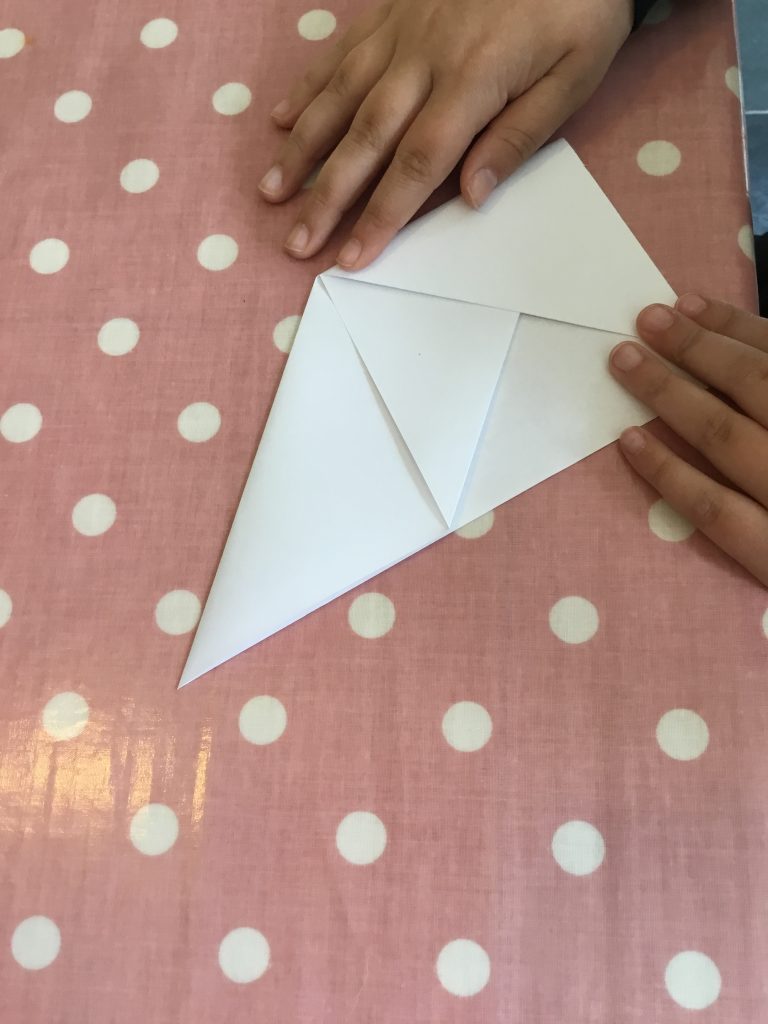
3. Fold the outside points of the triangle into the middle 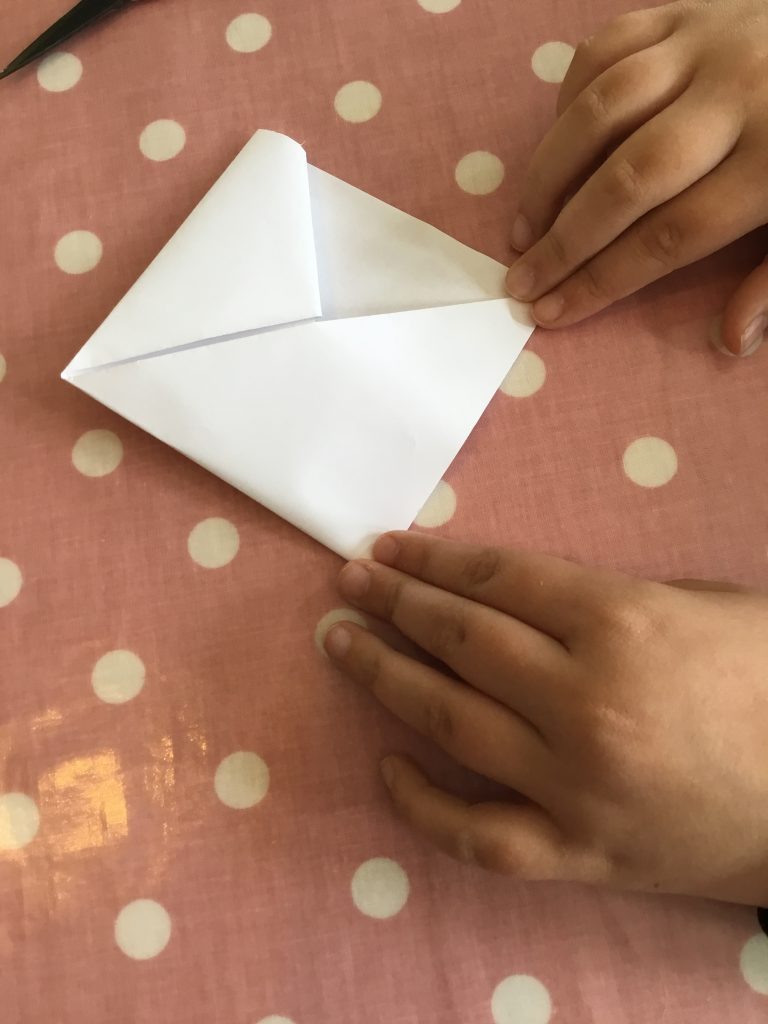
4. Tuck these points under… 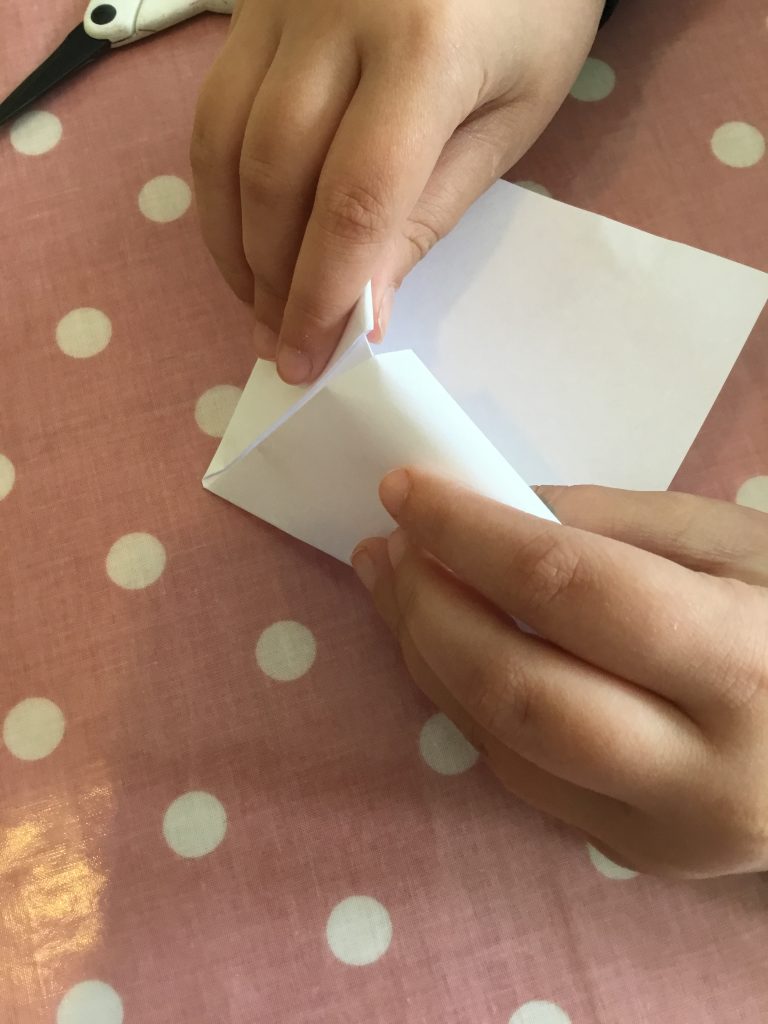
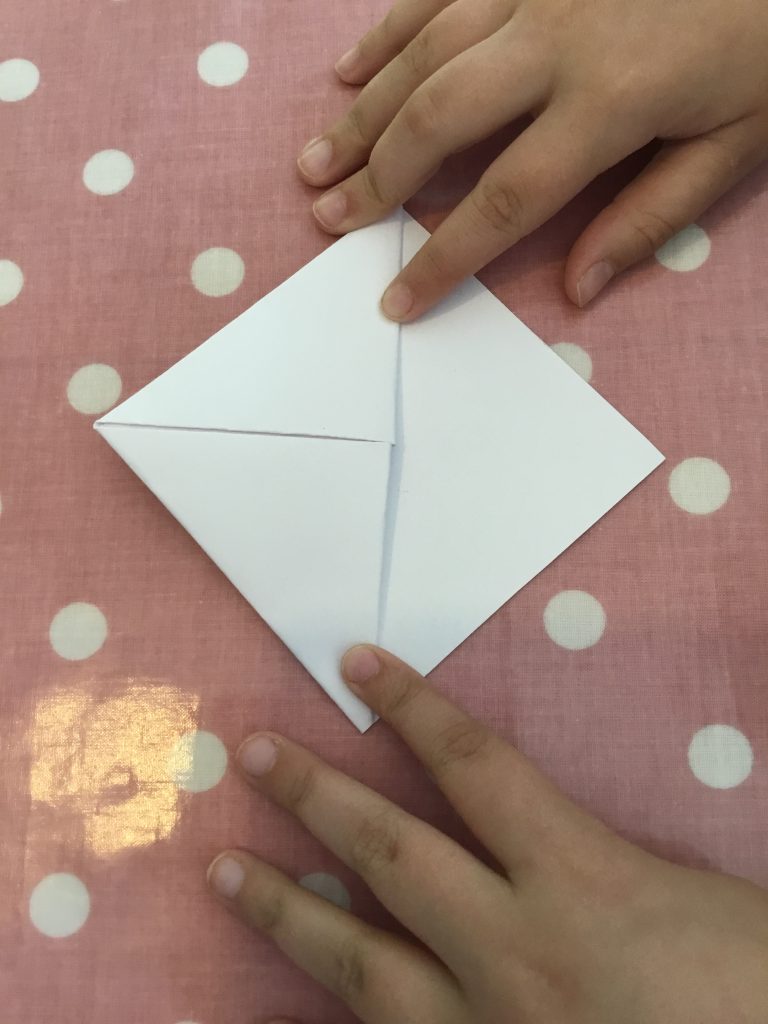
… until you have a square that looks like this 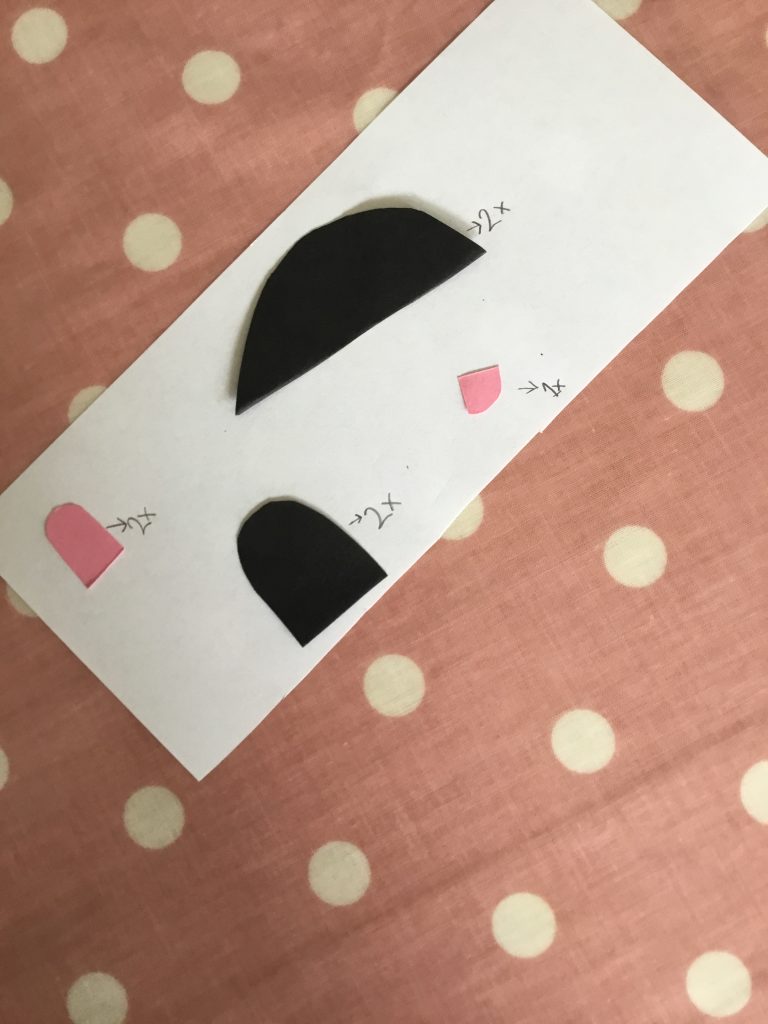
5. Cut out the shapes to make up the features 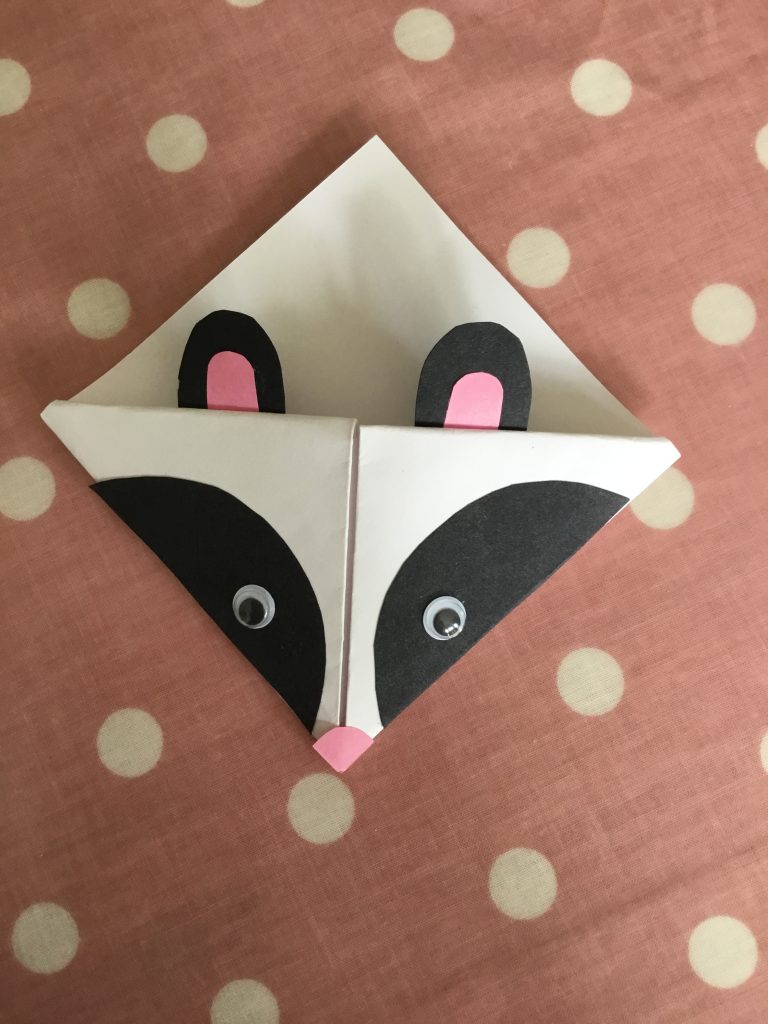
6. Stick them on (or just draw them!) 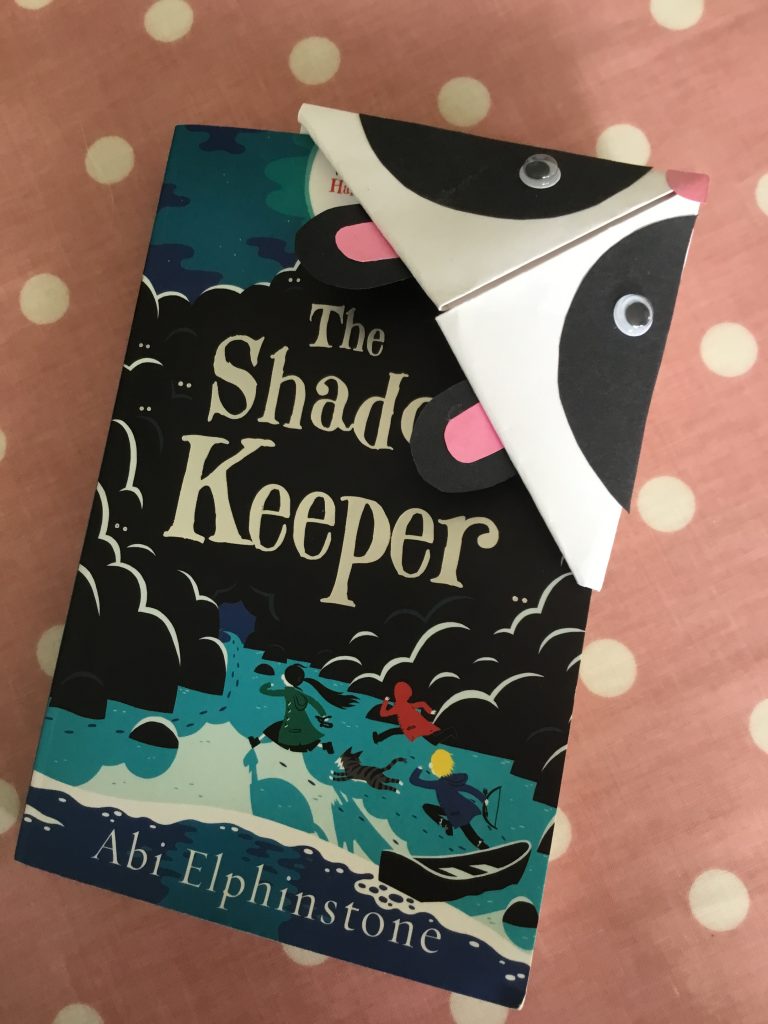
7. Ta dah!
Here’s the fox and the bat versions; same basic folds, just a few different features!
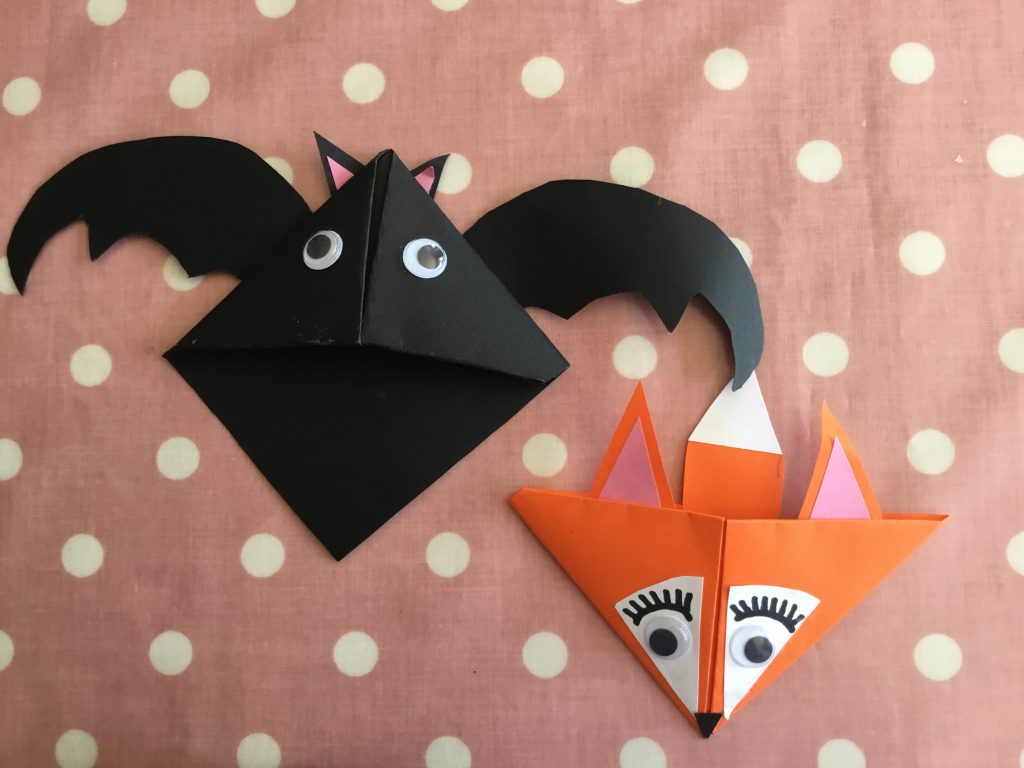
Have fun! And be warned: these bookmarks are highly addictive; we’ve made loads of them!
